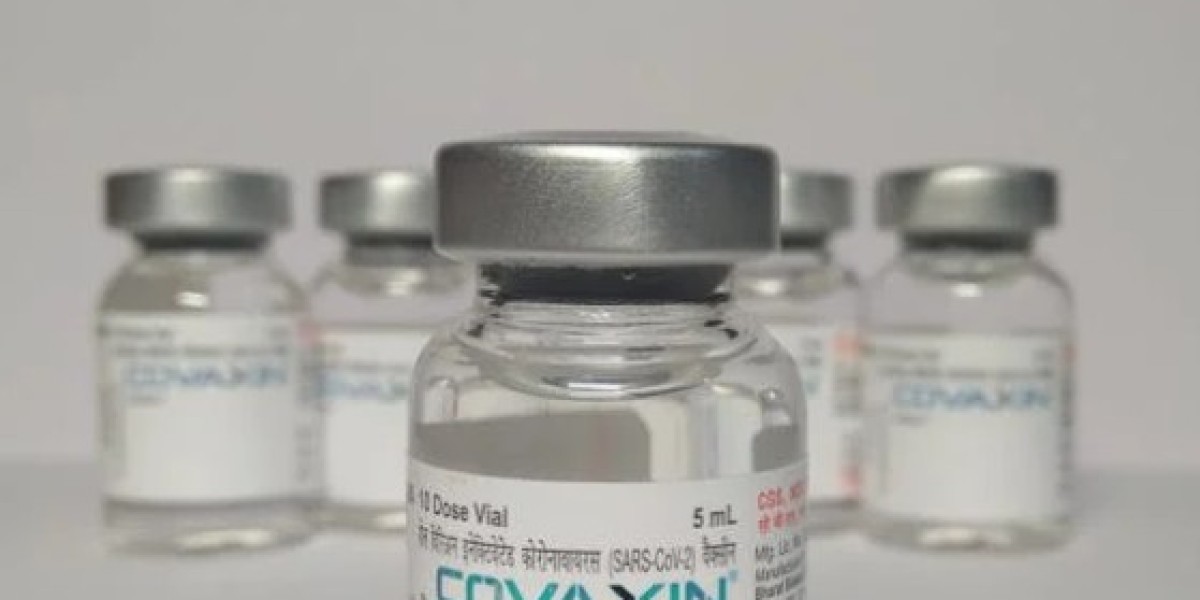The Indian Pharmaceutical industry has emerged as one of the most dynamic and vital sectors of the global healthcare ecosystem. Known for its cost-effective and high-quality medicines, India has earned the title of “The Pharmacy of the World.” From generic drugs and over-the-counter products to complex biosimilars and vaccines, Indian pharmaceutical companies play a crucial role in improving global health outcomes especially in developing nations.
This article provides an in-depth look at the Indian pharmaceutical sector, its historical evolution, global influence, key strengths, challenges, and the promising future that lies ahead.
The Evolution of the Indian Pharmaceutical Industry
India’s journey in pharmaceuticals began in the early 20th century but witnessed a significant transformation post-1970. With the introduction of the Indian Patents Act (1970), the country shifted from being heavily dependent on imports to becoming a self-reliant producer of life-saving medicines. This legal shift allowed Indian manufacturers to produce generic versions of patented drugs using alternative processes.
As a result, India developed a strong domestic industry characterized by:
Reverse engineering capabilities
Low production costs
Skilled workforce
Government support and research infrastructure
Today, India is not just self-sufficient in pharmaceutical production but also a leading exporter globally.
Key Facts and Statistics
India ranks third globally in terms of pharmaceutical production by volume.
It is the largest provider of generic medicines globally, contributing over 20% of global supply by volume.
The Indian pharmaceutical industry is valued at $50 billion (as of 2024), with exports exceeding $25 billion.
India supplies over 60% of global vaccines and 40% of generic demand in the USA.
These figures underscore the importance of the Indian Pharmaceutical industry in global health systems.
The Backbone: Generic Medicines
One of the strongest pillars of the Indian pharmaceutical landscape is generic medicine production. Indian companies are experts at reverse-engineering patented drugs to produce equally effective but affordable generics once patent protections expire.
Some of the world’s largest generic drug manufacturers are Indian, including:
Sun Pharmaceutical Industries
Dr. Reddy’s Laboratories
Cipla
Lupin
Aurobindo Pharma
These companies export to regulated markets like the United States, Canada, the UK, the European Union, and emerging economies across Africa, Asia, and Latin America.
Vaccine Manufacturing Powerhouse
India is a global leader in vaccine production, with companies like Serum Institute of India and Bharat Biotech playing a significant role during the COVID-19 pandemic. Indian vaccines have been distributed to over 100 countries through both bilateral agreements and global alliances like COVAX.
This strength comes from:
Advanced R&D capabilities
WHO-GMP compliant manufacturing plants
Competitive pricing models
High-volume production capacities
Research, Innovation, and Biosimilars
Though traditionally known for generics, the Indian pharmaceutical sector is increasingly shifting towards innovation and complex therapeutics. Many firms are investing in:
Biosimilars: Biologically similar products to expensive biologic drugs (e.g., insulin, cancer therapies).
New Drug Delivery Systems (NDDS): Enhancing drug efficacy and patient compliance.
Clinical Trials and CROs: India is a favored location due to cost-efficiency and a diverse population.
With rising investments in R&D and government-backed initiatives like PLI schemes (Production Linked Incentives), Indian pharma is poised to lead the next wave of medical innovation.
Regulatory Excellence
Indian pharmaceutical companies meet the highest global quality standards. Over 600 FDA-approved plants are located in India the highest number outside the U.S. Indian companies also comply with stringent guidelines from:
EMA (European Medicines Agency)
TGA (Therapeutic Goods Administration, Australia)
MHRA (Medicines and Healthcare products Regulatory Agency, UK)
WHO GMP (Good Manufacturing Practice)
This regulatory compliance boosts global trust in Indian drugs.
The Digital and E-Pharmacy Boom
India’s booming digital healthcare ecosystem supports the pharmaceutical sector. Online platforms like NetMeds, 1mg, QuickRxHub, and PharmEasy make it easier for consumers to access essential medicines, including generics, from the comfort of their homes.
These digital players are transforming how medicine is purchased, managed, and delivered, especially across rural and underserved regions.
Challenges Facing the Indian Pharmaceutical Sector
Despite its strengths, the Indian Pharmaceutical industry faces several challenges:
Price Regulation: Government-imposed price caps on essential drugs can impact profitability.
Patent Litigations: Legal challenges from multinational companies over generic drug launches.
Quality Concerns: Occasional lapses or recalls can impact global reputation.
Dependence on Imports: Around 70% of Active Pharmaceutical Ingredients (APIs) are imported, primarily from China.
However, strategic government policies and industry innovation are actively addressing these concerns.
Government Initiatives to Support Growth
The Indian government has taken various steps to strengthen the pharmaceutical sector:
Make in India initiative encourages domestic manufacturing.
PLI Scheme for Pharmaceuticals incentivizes API and drug manufacturing.
Jan Aushadhi Scheme promotes low-cost generic medicines through government-run pharmacies.
Ayushman Bharat aims to provide free or subsidized healthcare to 500 million+ citizens.
These policies not only boost exports but also increase accessibility within India.
Indian Pharmaceutical Exports: A Global Lifeline
Indian medicines are exported to over 200 countries, with major markets including:
United States
United Kingdom
South Africa
Brazil
Russia
Nigeria
Germany
Indian pharmaceutical exports include:
Generic drugs
OTC products
Vaccines
Herbal medicines
Biosimilars
India’s affordable pricing, high production standards, and rapid delivery timelines make it a preferred supplier in global procurement programs.
Future Outlook
The future of the Indian Pharmaceutical sector is full of promise. Trends to watch include:
Greater focus on personalized medicine
Expansion into biotech and gene therapy
Increased investment in AI-driven drug discovery
Global partnerships and joint ventures
Stronger domestic production of APIs and intermediates
With its deep pool of scientific talent, robust manufacturing infrastructure, and a growing digital ecosystem, India is well-positioned to lead global pharmaceutical innovation while continuing to supply essential medicines at affordable prices.
Conclusion
The Indian Pharmaceutical industry is not just a success story for India it’s a pillar of the global healthcare system. From supplying life-saving generics and vaccines to leading in regulatory compliance and innovation, India has carved a niche for itself as a global pharmaceutical powerhouse. Click Here






